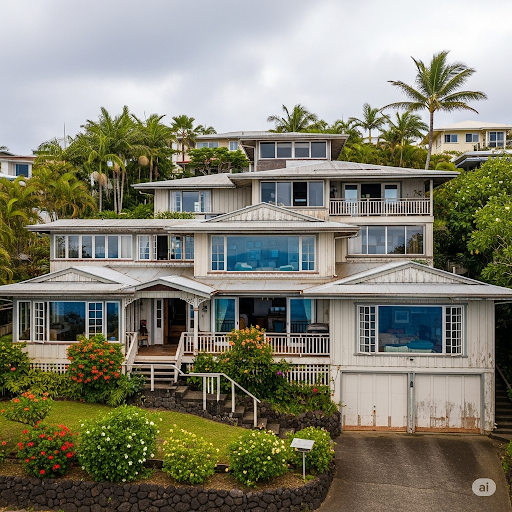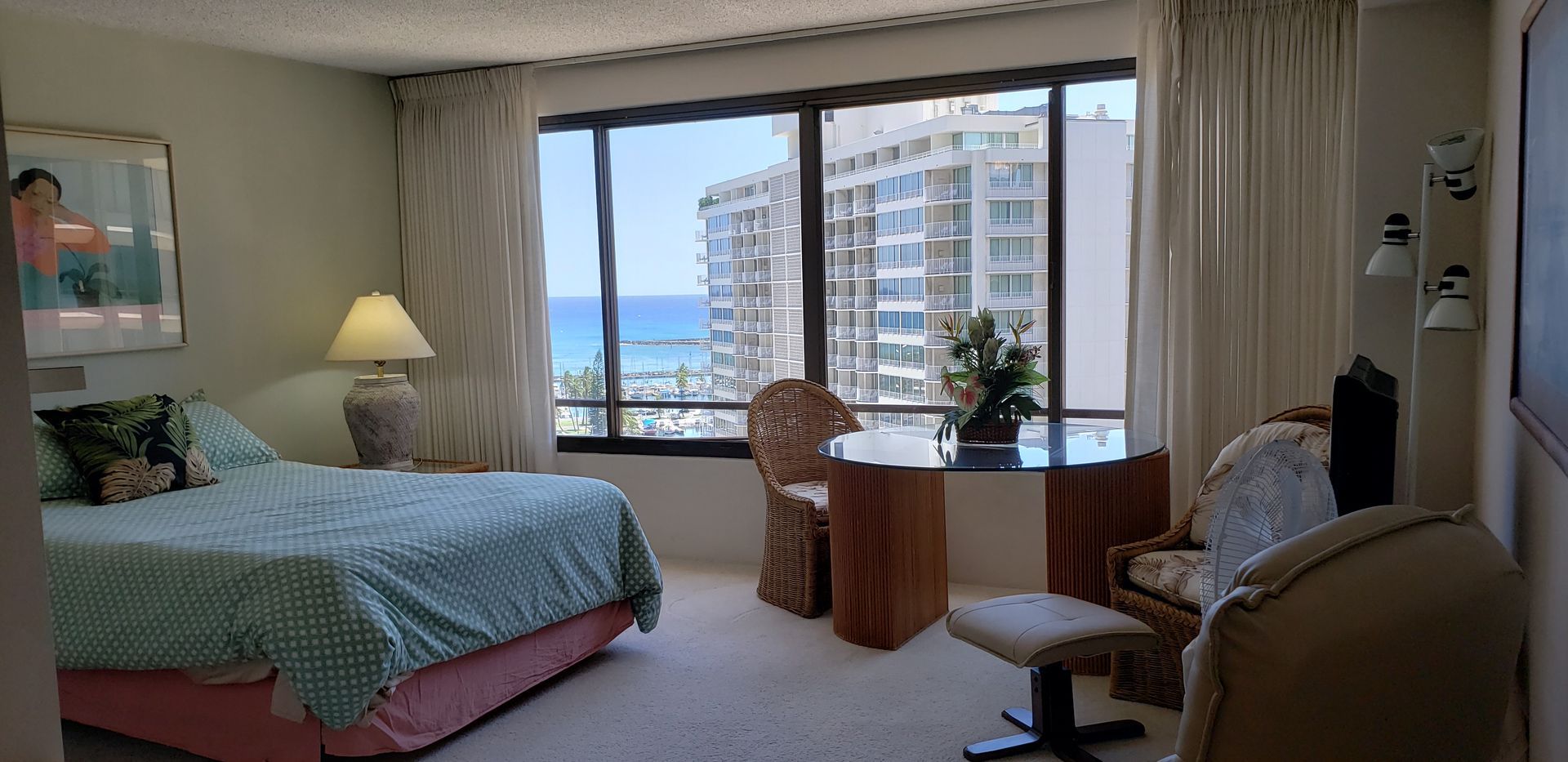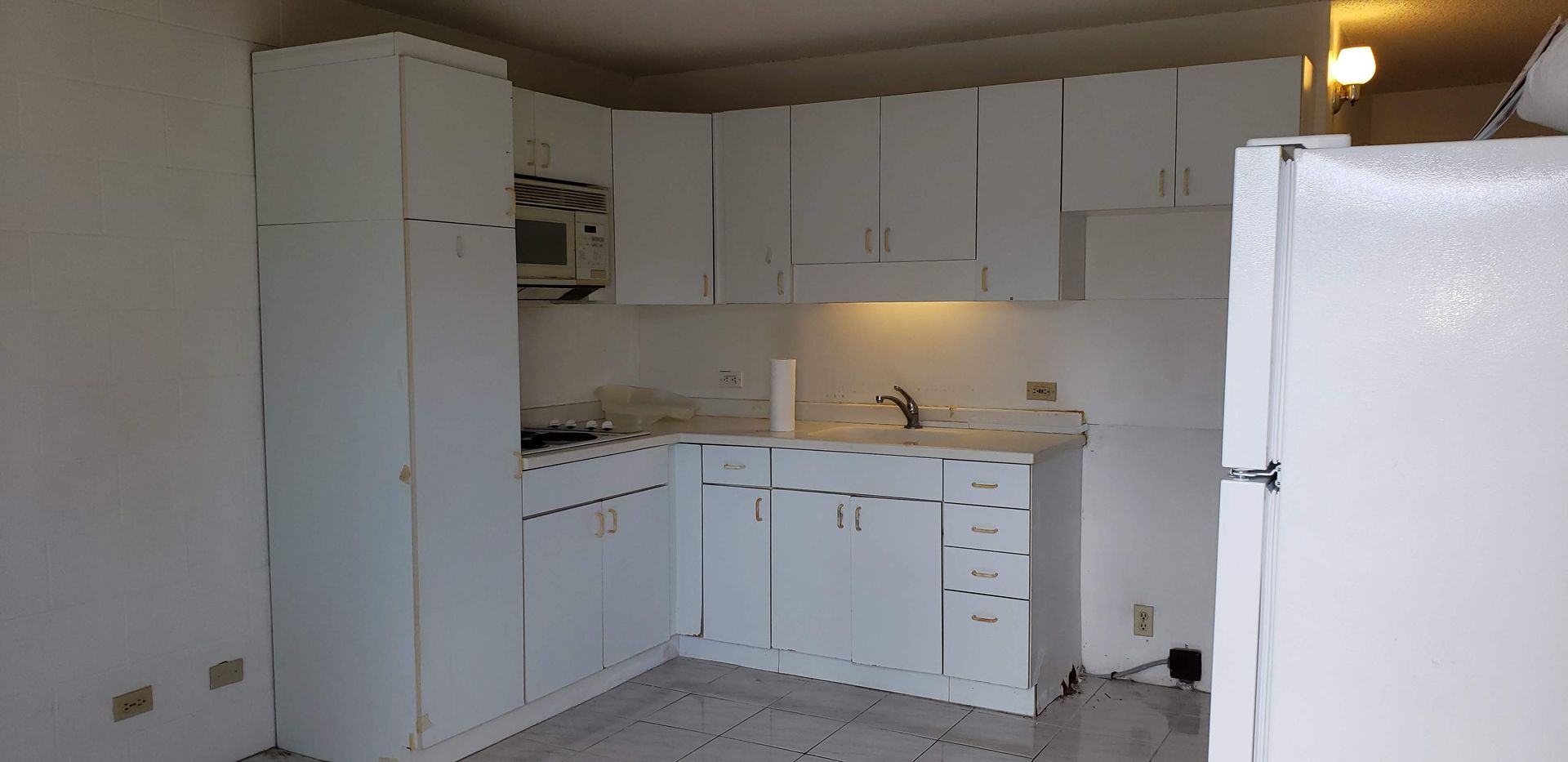Unlocking Oahu’s Housing Future: New Law Starting September 2025
Oahu’s housing scene is set for a major transformation. Starting September 30, 2025, Ordinance 25-2 will permit homeowners to have both an Accessory Dwelling Unit (ADU) and an Ohana unit on a single-family lot. This means you can legally have up to three separate dwellings: your main house, an ADU, and an Ohana unit. Here’s what this change entails, how the two units differ, and what it means for homeowners and buyers.

What’s the Difference Between an ADU and an Ohana Unit?
ADUs are self-contained units with a full kitchen, bathroom, and separate entrance, and they can be rented to non-family members for long-term leases. Ohana units, on the other hand, are meant for family members only, lack a full kitchen (just a wet bar), and cannot be rented to unrelated tenants.
Pros and Cons of ADUs and Ohana Units
ADU Pros: Generates rental income from non-family tenants, boosts property value and flexibility, and helps alleviate Oahu’s housing shortage.
ADU Cons: Faces strict size and zoning restrictions, requires owner occupancy, and cannot be used for short-term rentals.
Ohana Unit Pros: Perfect for multi-generational living and family support, has no strict size limits (depending on zoning), and keeps families together on a single property.
Ohana Unit Cons: Restricted to family occupancy with no outside renters, allows only a wet bar instead of a full kitchen, and demands additional parking spaces.
Purpose of the New Law
The main aim of Ordinance 25-2 is to boost housing capacity and flexibility in residential areas, helping families stay together while giving homeowners the chance to earn income or house relatives. By permitting both an ADU and an Ohana unit on a single property, Oahu seeks to tackle the housing shortage, support aging in place, and offer residents more diverse housing options.
How Will This Affect the Real Estate Market?
Homes with the potential for three legal units are likely to become more appealing to buyers, especially those looking for rental income or extra space for extended family. This setup offers flexibility for homeowners to adapt to changing needs, such as accommodating parents, adult children, or creating rental opportunities. However, neighborhoods could experience higher density with more dwellings per lot, potentially affecting infrastructure, parking, and overall community vibe.
Additional Benefits
Legal clarity ensures homeowners and buyers have a clear understanding of what’s permitted, reducing confusion and risks. This makes it easier to plan improvements and steer clear of unpermitted work or legal troubles. Community stability is supported through a 90-day minimum rental term for new ADUs and Ohana units, maintaining neighborhood character and discouraging disruptive short-term rentals, fostering long-term, stable communities.
What to Expect
Permitting Process: Homeowners must go through the city’s permitting process for both units, ensuring they meet zoning, parking, and infrastructure requirements. While it may add some complexity, this process ensures the new units are safe and legal.
Market Impact: Over time, this law is expected to create more diverse, affordable, and family-friendly housing options across Oahu, benefiting both current residents and future buyers.
If you’re thinking about finding a home or exploring ways to add value to your Oahu property, give me, Jennifer Peele at Keeping Real Estate “A-PEELE-ING,” a call anytime-let’s chat about your goals and how we can make your multi-generational living or investment plans come to life.










